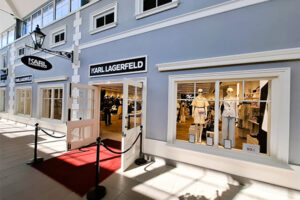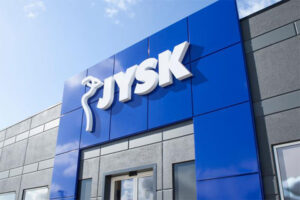BY RAINER KUNDÖRFER
SATURATED MARKETS
The comment was not so misguided. From an economic perspective, after all, some facts speak for the thesis that we have enough retail space, especially in saturated markets: stagnant or even declining disposable income among broad classes of consumers, a high density of retail space that has run ahead of purchasing power in many markets, and the increasing turnover of internet retailers.
From an ecological standpoint, further questions arise: Why should I consume further natural resources or build on additional land when there is actually no “real” need? In other words: Do I need more shopping centers in an overcrowded market? Who benefits from the new centers? Tenants face further competition, which in principle drives them, but if the market can no longer bear it, it doesn’t matter how much you try to stretch yourself. You will take losses. Or: retailers cannibalize themselves for fear of losing market share to competitors. That would mean a loss in revenue rather than profit growth.
WHEN THE FUN ENDS
Investors are taking greater risks and financing is more expensive if it can even be obtained. Customers, however, have a larger selection. They benefit from excitement and will come to new centers driven initially by curiosity. We also know that consumers are no longer as loyal to retailers and locations as they once were, however. What happens if the development is not filled with enough attractive tenants? If no one has fun with new developments anymore, they cease.
Drawing on this, all I can recommend is to take only deliberate steps on new developments that maintain a certain balance in the market.
Provide excellent accessibility by public transport links and consider future demographic developments in the catchment area. We can see clearly that parts of cities and centers that are mixed-use are gaining importance. Big “chunks” of shopping center are no panacea anymore in mature markets.
If all the prevailing conditions and predictions argue against a new development, there is still certainly a center or two in the area that can meet customers’ future expectations with appropriate modifications and a new look. In ecological terms, this would be called recycling. We refer to it as refurbishment or restructuring. We fulfill our responsibility in terms of sustainability and help retailers by not stoking further space-expansion madness, thus securing their economic base. They nevertheless get a new “stage” for premiering new concepts.
WHAT IS “NEW”?
The balance between new and old is essential, just as a balance must be struck in society between an obsession with youth and excessive aging in order to provide ample space for each. Seen in this way, the present market situation, economic conditions, e-commerce, and changes in values actually provide two answers to the question posed at the beginning. One is “no,” we have enough retail properties already. The other is “yes,” because ongoing development is essential. “New” is a matter of perspective, however. New does not always need to be entirely new. Ask the buyer of a used car. She will surely say that she has a “new” car.
In short: We must win over our customers, tenants, and consumers with sustainable recycling of appropriate retail locations.
What is your opinion on this topic? Discuss it with us! Send your opinion to opinion@across-magazine.com !






